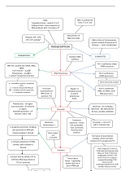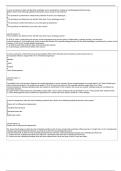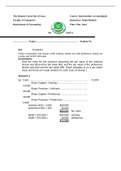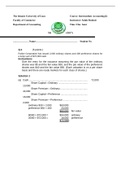Finance with Big Data
Finance 101
Portfolio Theory (Markovitz)
Portfolio Theory
Markovitz - Portfolio selection
CAPM and APT
CAPM
APT
Fama-French Model
Asset Pricing with Big Data
Banking
Asymmetric Information
Banking and AI
Financial Intermediaries and AI
Payment technologies and Blockchains
Blockchain: Satoshi Nakamoto
Cryptocurrencies and Smart Contracts
Ethereum VS Bitcoin
Stablecoins
Proof of Stake
Finance 101
Finance’s objective is evaluation of assets.
Finance with Big Data 1
, Business activities serve for two main purposes:
1. Grow wealth
2. Manage wealth
An asset is a sequence of cash flows. Asset Acan be defined as
Vt {CF0 , CF1 , …}.
Two factors influence the values of an asset:
1. Time (where money today is better than money tomorrow)
2. Risk (certain money is better than uncertain money)
Given these two factors, the utility is concave.
Money in the future needs to be discounted/actualized by a discount factor.
1
CF0 = CF1 ⋅
1+r
where r is the discount rate.
Consider rf the risk-free rate. It is defined as the least profitable way to invest
money without risk.
On the other hand, rp is the risk premium.
Finance with Big Data 2
, The total return of an investment can be defined as:
R = rf + rp
The present value of a cash flow generated in tat 0assuming equal rates in
the period [0, t]is:
t
1
CF0 = CFt ⋅ ( )
a+R
However, rates can be expressed in different periods (e.g. monthly rates in
annual periods). The computation of the present value of the cash flow involves
the compound interest rate.
ry = rm ⋅ 12
where ry is the annual interest rate and rm is the monthly interest rate. The
monthly interest rate is computed monthly, while the annual rate is computed
annually. This involves that interests mature at different time, and especially that
the interests maturated in the first months contributes to the interests of the
next periods.
The Effective Annual Rate is computed as:
ERA = (1 − r/12)12 − 1
Finance with Big Data 3







